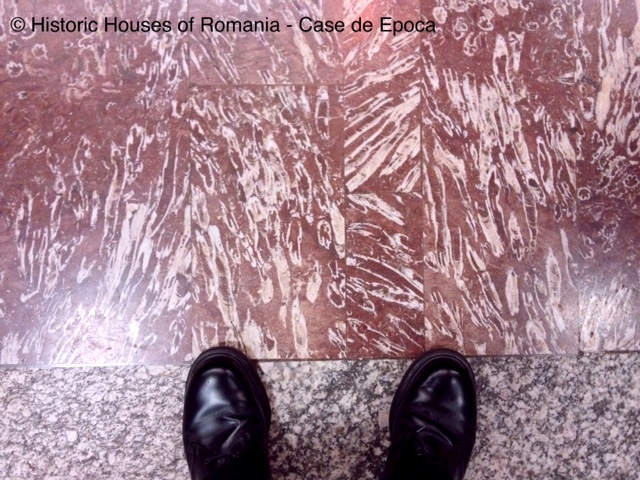
Bucharest’s public and private edifices erected in the last two decades, since the fall of communism, are, apart from the general forgettable design, built in high proportion using mass produced imported materials. Most of that is cheap, low quality, characterless and as regards the resulted architecture, can in my opinion, easily be categorised at kitsch. That situation also reflects the tastes and values of the actual generations engaged in building or renovating edifices of this town and country. They are in such stark contrast with the times of in the inter-war and subsequent communist periods when the architectural materials were in greatest proportion sourced within the country. That produced interesting and attractive results, with the ornamental and construction stone sourced in the Carpathian Mountains or in rocky hills of the province of Dobrogea, on the Black Sea coast, which are from that point of view a wonderful geological kaleidoscope, a bottomless source of high quality marble, limestone of different sorts, travertine, granite of various colours and grains, basalts, sandstones, etc. I have in the image above a sample of that fabulous panoply of ornamental stone used in one of the grand communist era projects, Bucharest’s metro transport system. It shows the pavement of the Politehinca station, composed of red limestone peppered by Jurassic age marine fossils, which was sourced probably in the Apuseni (Western) Carpathians, the rock being formed in a geological age when those parts were a continental shelf covered by the warm seas on the Equator. My Dr. Martens shoes stand on a band of nicely granulated pinkish granite, sourced in my opinion in northern Dobrogea (it may also be from the Apuseni Mountains). The composition is evocative of the geographical and geological identity of this country, a fact which is no longer encountered within the pitiful built landscape of the actual post-communist years.
